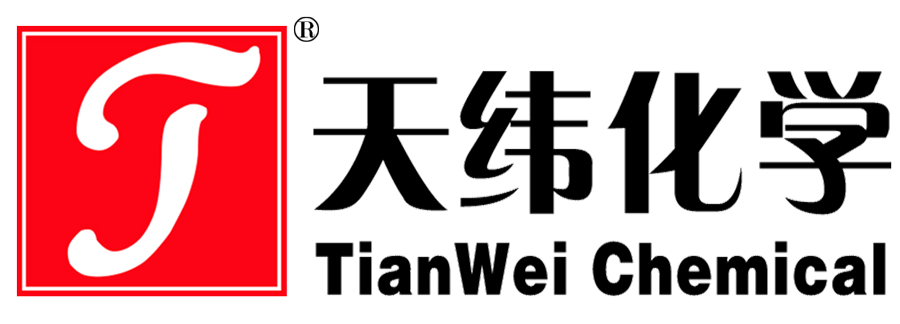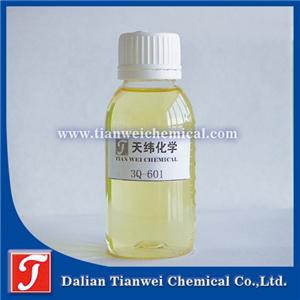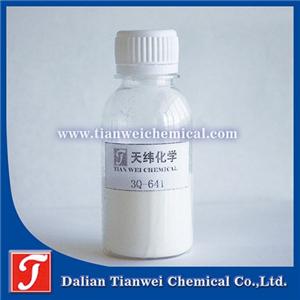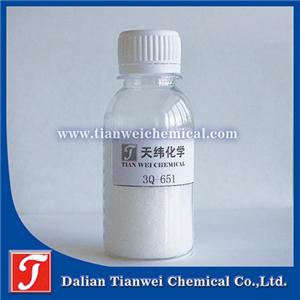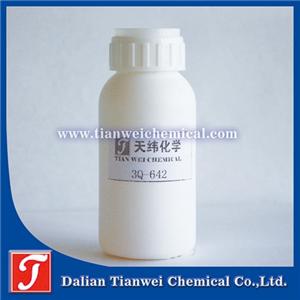The function of adding antibacterial and antifungal agents to the coating of synthetic leather
The core function of adding antibacterial and antifungal agents to synthetic leather coatings lies in inhibiting the growth of microorganisms, protecting product performance, extending service life and safeguarding human health. Specifically, it can be analyzed from the following four dimensions:
1. Inhibit the growth of microorganisms and prevent product deterioration
The base material of synthetic leather (such as polyurethane resin) and the added additives (such as plasticizers and fillers) provide a nutrient source for bacteria and mold. In a humid environment, microorganisms multiply rapidly, leading to:
Surface mold spots: Molds such as Aspergillus Niger and Aspergillus flavus form black, green or yellow spots on the surface of synthetic leather, damaging its appearance.
Color bleeding and discoloration: Microbial metabolic products (such as organic acids) can corrode the coating, causing uneven color or color fading.
Structural damage: Enzymes secreted by molds will hydrolyze the resin molecular chains, making synthetic leather brittle, cracked and losing its mechanical properties.
Case: A certain brand of sports shoes developed large areas of mold spots after being stored in the warehouse for three months due to the lack of antibacterial and antifungal agents, resulting in the scrapping of the entire batch of products.
Second, protect product performance and maintain its use value
Antibacterial and antifungal agents maintain the core performance of synthetic leather through the following mechanisms:
Physical properties: Prevent microorganisms from damaging the fiber structure and maintain characteristics such as wear resistance, flexibility resistance, and anti-aging.
Chemical stability: Inhibits REDOX reactions caused by microorganisms to prevent coating peeling or discoloration;
Functional sustainability: Ensure that the special functions of synthetic leather, such as breathability and water resistance, are not affected by microorganisms.
Data support: Synthetic leather with added antibacterial agents has been experimentally verified to have an anti-mold grade of 1-0 (the highest level), and its service life can be extended by 2-3 times.
Third, extend service life and reduce replacement costs
The growth of microorganisms will accelerate the aging of synthetic leather, leading to:
Strength decline: After mold decomposes the resin, the tensile strength and tear strength of the material significantly decrease.
Shortened lifespan: Synthetic leather without mold prevention may only last for 1-2 years in a humid environment, while similar products with added antibacterial agents can last for more than 5 years.
Fourth, safeguard human health and reduce safety risks
Some microorganisms may cause health problems through contact or inhalation:
Skin allergy: Mold spores irritate the skin, causing redness, swelling and itching.
Respiratory tract infection: Inhaling mold spores may cause asthma and allergic rhinitis.
Cross-infection: If medical supplies (such as mattresses and wheelchair seat cushions) become moldy, they may become vectors for the spread of pathogenic bacteria.
Application scenarios
Footwear: Prevent the growth of bacteria on feet, reduce odor and athlete's foot infections;
Furniture: Inhibit mold on sofas and mattresses to protect respiratory health;
In the medical field: Ensure the sterility of surgical gowns, nursing pads and other supplies.
Technical advantages and selection basis of antibacterial and antifungal agents
Broad-spectrum: Select antibacterial agents that are effective against both bacteria (such as Staphylococcus aureus) and molds (such as Aspergillus Niger), such as silver ions and isothiazolinones.
Long-term effectiveness: Continuous protection for months or even years is achieved through sustained-release technologies (such as silver ion sustained-release).
Safety: Complies with environmental protection regulations such as the EU REACH and ROHS, ensuring non-toxicity and non-irritation.
Compatibility: It is well compatible with synthetic leather resins (such as polyurethane and acrylic) without affecting processing performance.
Recommended plan
High-demand scenarios (such as medical and food contact) : Silver ion antibacterial agents are selected, with an antibacterial rate of ≥99%, and are resistant to water washing and friction.
Cost-sensitive scenarios: Choose isothiazolinone compound compounds, with a small addition amount (0.2%-0.8%), and a long-lasting effect of more than 2 years.
